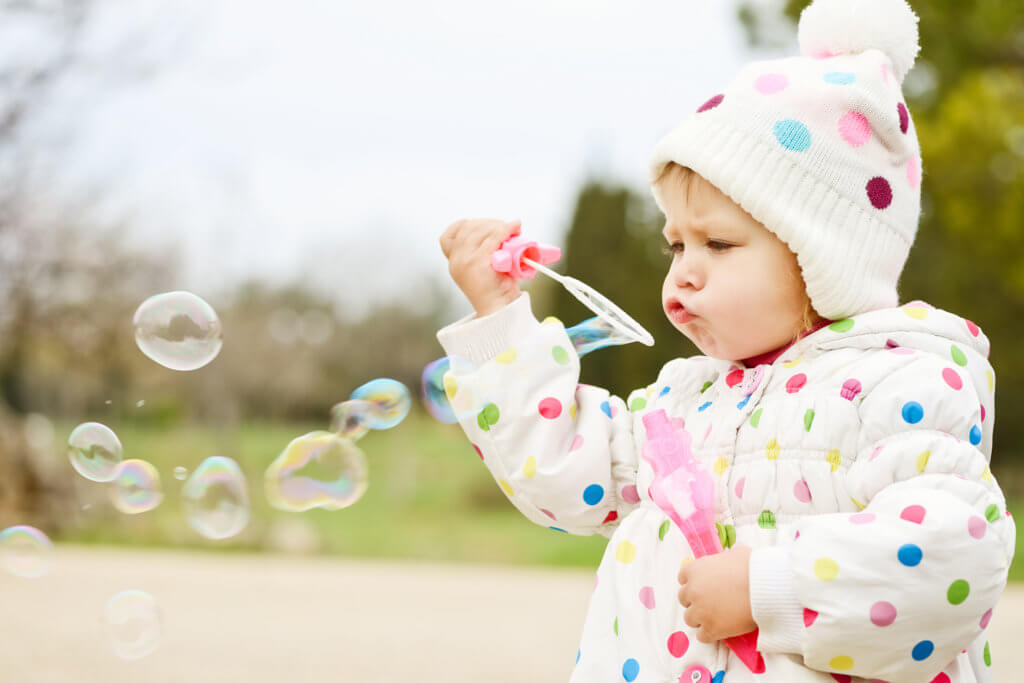People with ADHD feel emotions so much more intensely than those without ADHD- however, they often don’t have the emotional vocabulary to correctly identify what is going on. Thus, they have big reactions, intense emotions and feelings of overwhelm.
Not only do kids with ADHD battle the social and emotional aspects or Rejection Sensitivity Dysphoria (RSD).
But they also experience a level of frustration and disconnect that creates an even bigger divide between them and their peer groups. Emotionally, this adds up.
Imagine each time you felt something big you couldn’t name the emotion correctly. Your brain connected only with the words ‘angry, mad, sad, happy.’ Intellectually you knew there were quite a few more words- you’ve heard them- frustrated, lonely, discouraged, etc. but you couldn’t actually place them when the feeling you experience. You knew they existed, but emotionally couldn’t connect to them. This is the basis of Emotional Regulation and Emotional Dysregulation. This inability to connect emotions with their words means your child with ADHD can’t correctly identify what is happening within their body.
Here’s why- What is Emotional Dysregulation:
People with ADHD often struggle with emotional dysregulation. (If you have not already read about the internal volcano that is Rejection Sensitivity Dysphoria. Dysregulation is when the body is out of balance- it can feel anxious, tense, and defensive and often shows as anger, frustration, excitability or overreactions to normal daily events.
Emotional dysregulation is a major contributor to much of the discord that people with ADHD experience throughout their lifetime. It is basically the opposite of being able to focus and behave in the goal manner.
Due to RSD, the brain quickly floods with intense emotions in a way of protecting the brain. If you haven’t already, read our blog on the Fight, Flight, Fright, Collapse response to learn more about this process. During times of adrenaline, logical reasoning does not work- for anyone. Time is necessary to allow the brain to think again. Here’s what goes ‘wrong.’
Hyperfocus- Kids with ADHD have a tendency to hyperfocus- meaning, they put all their energy into one thing. In the moment of intensity- whatever they are feeling is their hyperfocus.
Instant Gratificaiton- That adrenaline process is addicting. It feels good and creates an almost addictive process of wanting to do it all again. The reality is kids with ADHD learn through repetition, not experience. Meaning, however they handled something last- is probably how they will handle it next time. (This is why it is important that kids with ADHD have practice on doing something correctly- not just being told how to do it).
People with ADHD often have low executive functioning– this is the ability to plan, organize, think and rationalize their decision making process. Add that to everything you have above, and it can make it really challenging to identify emotions within the moment.
People with ADHD often have lower working memory- this is the ability to temporarily store and manage all the information (in truth information overload) that is occurring in the moment of adrenaline.
Physical hypersensitivity- Many people with ADHD are incredibly sensitive to touch, sounds, light and taste. This sensitivity makes it much more challenging to stay regulated.
In so many ways, ADHD works against a child when they are attempting to regulate. Their impulsivity and/or their inattentiveness prevents most kids from maintaining control of themselves-especially in the most crucial moments. This is why kids with ADHD lie, respond irrationally to situations and overall get more angry than many other kids. This is not oppositional behavior, it is the basis of ADHD.
So what is Emotional Regulation?
Russell Barkley defines self-regulation as ‘the means by which an individual manages himself or herself in order to attain a goal.’ So, this is their ability to not only recognize dynamics occurring around them but also to manage their reactions through self-awareness, and emotional and social intelligence. All this while also requiring the ability to slow themselves down long enough to process what all is happening. For kids with ADHD, this is really challenging.
Emotional regulation includes having a peaceful mind and the ability to sit still and be calm. (Think mindfulness). It focuses on the ability to be present with themselves and to notice parts that are out of balance. Most importantly, it includes the ability to learn and grow, and to improve upon behaviors that were less desired. So, Emotional Regulation is the goal for people with ADHD- but it is typically not the starting point. In fact, if you are reading this right now- your child is probably dysregulated.
How does ADHD treatment work for improving the ability to regulate?
Counseling for ADHD focuses on a combination of play therapy and cognitive behavioral techniques to help a child learn to regulate, self-soothe and focus, regardless of the situation. We focus on everything from social development, emotional awareness, mindfulness, and breathing skills. In addition, we teach parents what it means when a child behaves in the way they do and we focus on developing parenting solutions that make sense for your family.
If you’re ready for the next step and want to learn more

